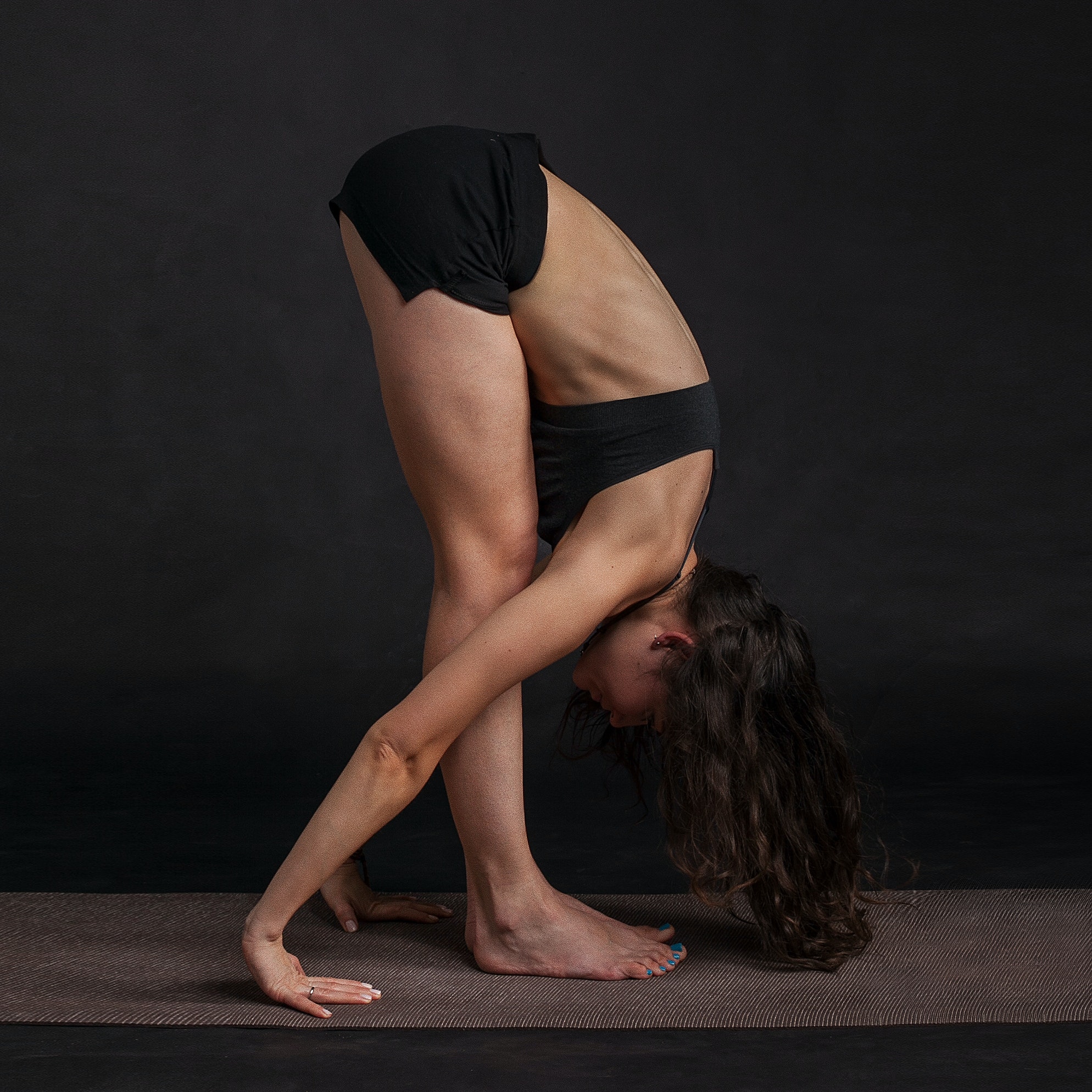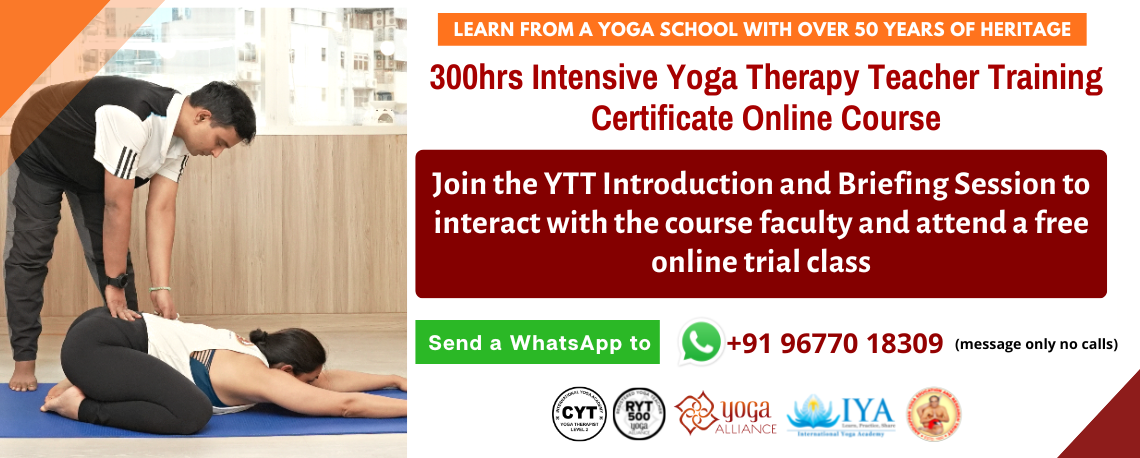Today, we are flooded by opinions and ideas about Yoga. The confusion amongst the experts trickle down to the aspirants. Within every field it is necessary to have different professional opinions for the growth of the science. But due to the lack of perceivable structure, Yoga is being frayed among spiritualists, artists, healers, researchers, therapists, trainers, guides and life coaches.
Yoga is holistic in nature, like the rim of a coin containing both sides – the material gross world and the intangible subtle world. As fascinating as it sounds, it’s the very reason the practice is often misunderstood. Let’s go through the different aspects of Yoga and its value for humanity.
The Gross Experience
The religion that primarily existed in India while Yogis started documenting their experiences was Hinduism, basing cultural practices on the Vedic scriptures. In fact, the earliest text that mentions the word ‘Yoga’ is the Rig Veda. It is used in the context to describe a state of control of the mind after surrendering to a higher power. (Rig Veda 1.18.7, 1.30.7). The Upanishads, Bhagavad Gita and Patanjali’s Yoga aphorisms share a similar understanding. Hence, theism became an integral part of a Yoga practice. But Yoga is not a religion.
There are many sects that induct aspirants to teach traditional knowledge. Some unfortunately based on adharma – an immoral means to fame, money, or power, giving rise to cults and other vicious organizations of indoctrination. Retreats based on dharma – a truthful pursuit to spiritual liberation, reflect a sense of respect for the traditional knowledge passed down as it remains within the lineage. But Yoga is not a mere tradition.
The older Gurukula system was an ancient educational system, an environment of trust and respect. It created and maintained a routine, ensuring a consistent practice (Kachapilly, 2013). Ideally, each student is appreciated for their individual talents. The teacher only offers what can be handled by the student. Today too, children can be taught how to live a productive and creative human life by increasing bodily and mental awareness, but Yoga is not just an system of education.
The theoretical concepts of Sankhya and Yoga have been debated academically against other philosophical schools. The different schools of Yoga itself tend to hold their respective views superior – each claiming one marga, or path, is better than the other. But Yoga is not just a philosophy.

Yoga has empirically proven to enhance physical performance and well-being (Ross & Thomas, 2010), decrease blood pressure, body mass index, as well as improve pulmonary function, flexibility and balance (Roland et al, 2011; Polsgrove et al, 2016), but Yoga is not exclusively a fitness regimen.
Yoga has proven to re-adjust imbalances in the autonomic nervous system. There is statistical evidence that Yoga improves the health status of individuals with cardio-pulmonary, endocrine, metabolic, musculoskeletal, digestive disorders (Bussing et al, 2012), as well as reduce stress, anxiety, chronic pain and drug dependency (Woodyard, 2011). Yet, Yoga is not a therapy regimen alone.
The Subtle Experience
Yoga is a coordinated state of your mind, your body and the metaphysical aspect of you that you experience, witness and understand – that is realisation. That is Yoga.
In this state, the physiological parameters are at baseline, which means the hind brain is operating comfortably at the lowest requirement due to predominant parasympathetic activity which includes decreased heart rate, blood pressure, respiratory rate, and oxygen metabolism. There is reduced activity in the parietal lobes (Newberg, 2014) and an increase in overall brain wave activity and grey matter along with amygdala and frontal cortex activation (Desai et al, 2015), which could be the very manifestation of a spiritual experience – a sense of oneness with the world.
Every path, the path of devotion – bhakti, of knowledge – jnana, of service – karma, are all included within the path of Raja Yoga. Practitioners and teachers develop specific routines and forms. Devoted students have gone to different places and established their own schools with their own names or under the names of their teachers. All the different styles have the same goal.
Philosophically or practically there is only one Yoga. Many asanas, many pranayama, many dhyana practices. Same yamas, same niyamas, one Samadhi, one Yoga – A state of complete surrender of the ego, without antipathy, attachment, or fear; a form of bliss and awareness of an objective, eternal truth.
The Conclusion
Human beings haven’t figured anything out. We each struggle with our very nature and the workings of our ego. These sufferings manifest in the form of illness, weakness, corruption and crime. I think it is reasonable to say that a lot of today’s human problems can be addressed through the practice of Yoga, the kind that is based on platonic love, Ahimsa, towards others and ourselves.


















 Other
Other